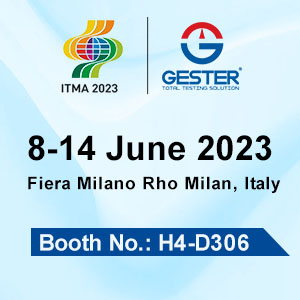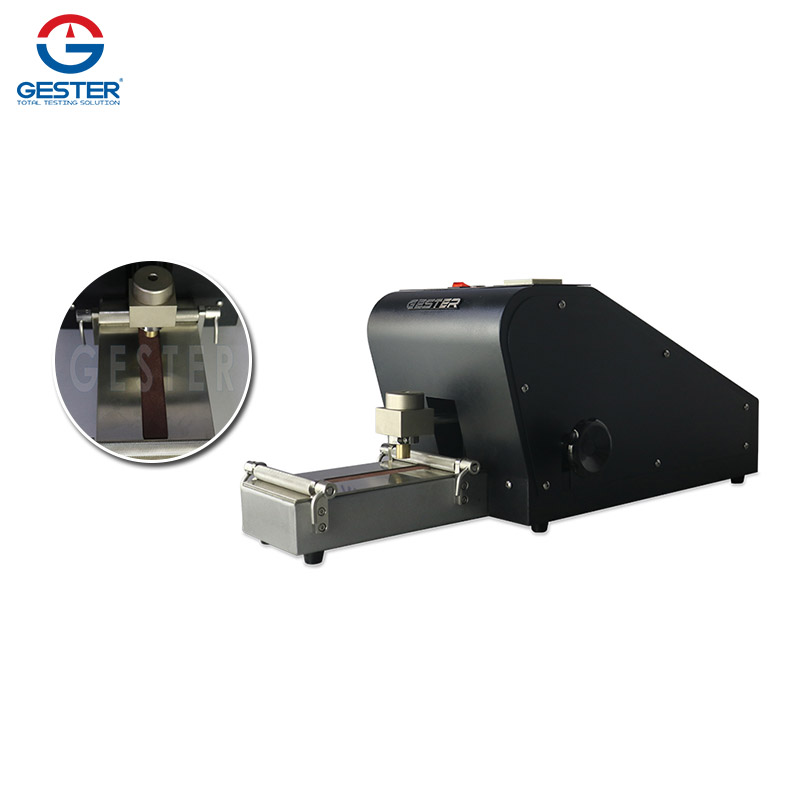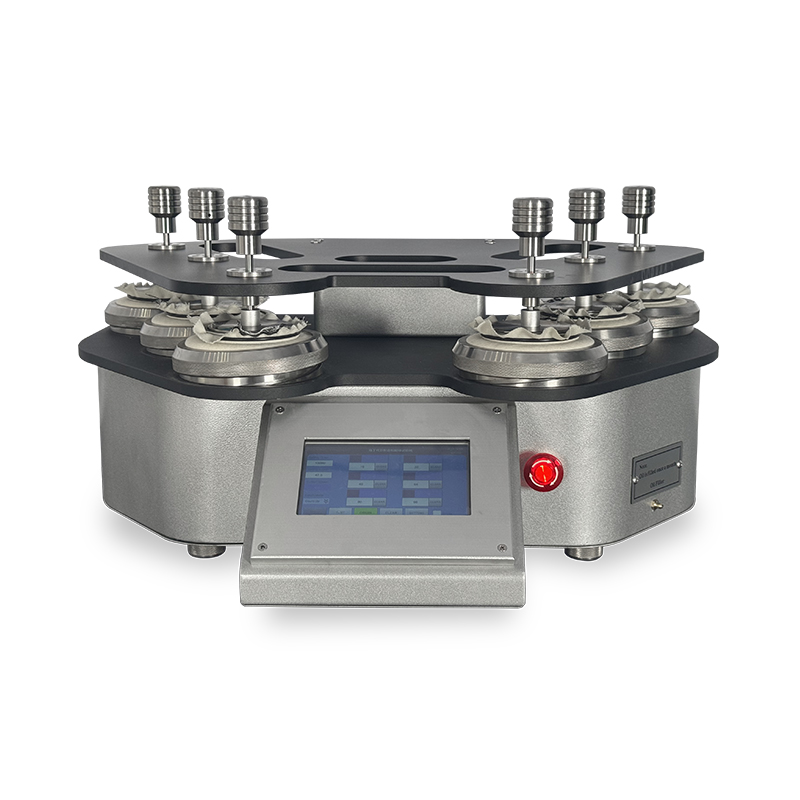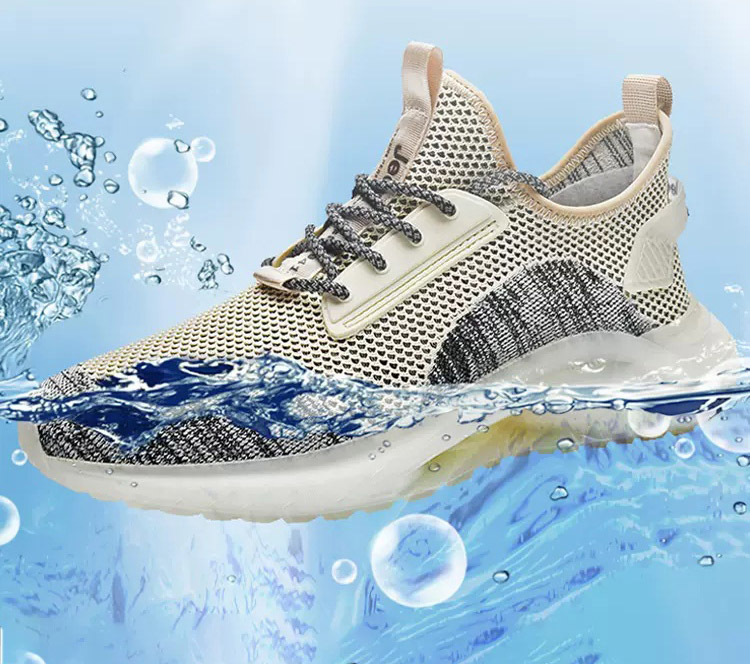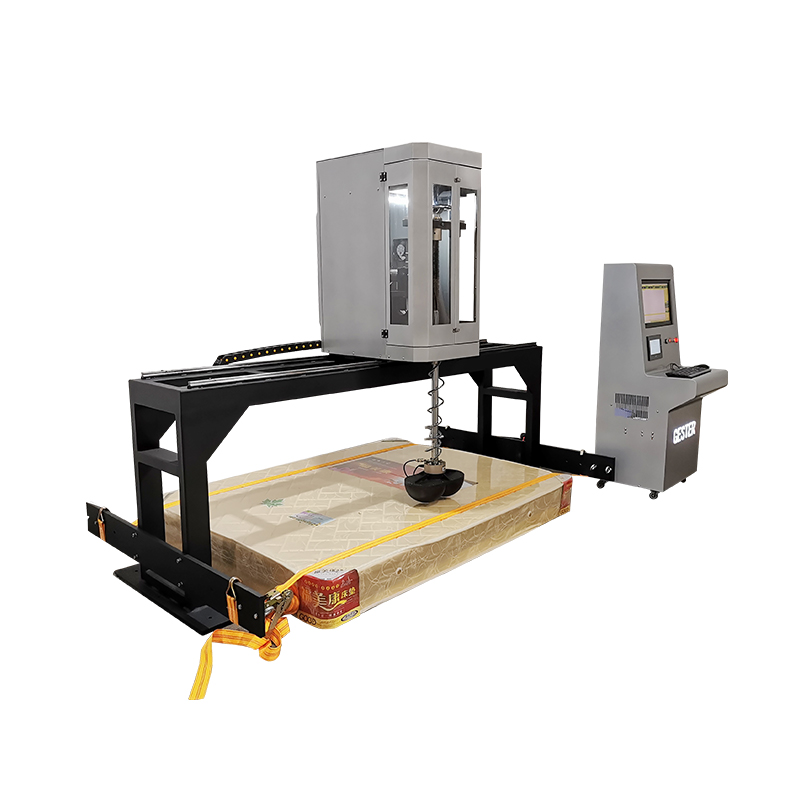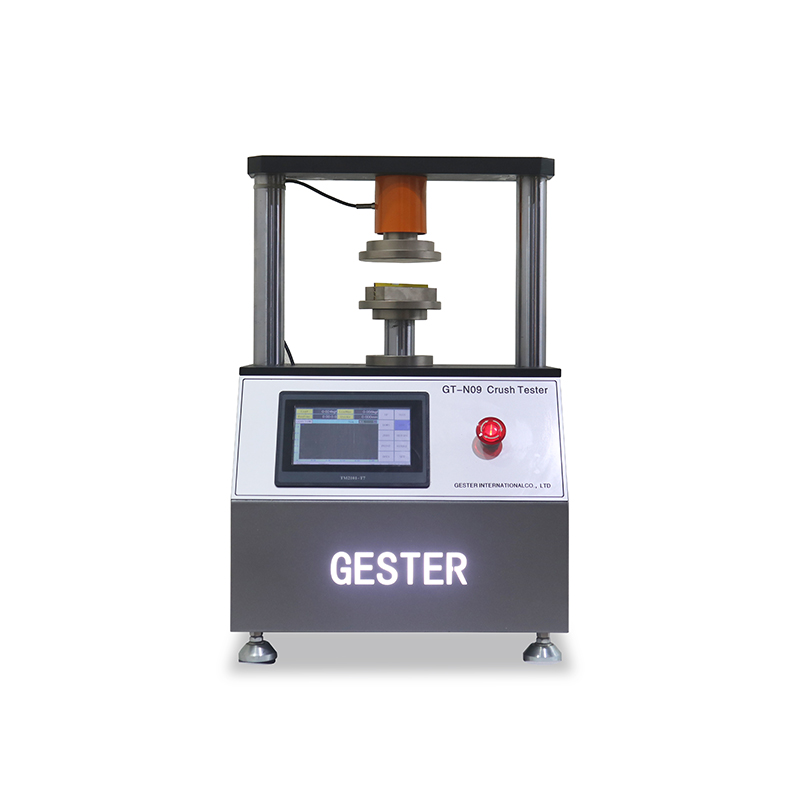A Warm Welcome to Our Clients from Portugal
March 22, 2023
A Warm Welcome to Our Clients from Portugal We were truly honored to extend a warm welcome to our esteemed customers from Portugal during their recent visit to GESTER, marking a significant chapter in our longstanding partnership. Their presence not only strengthened the bonds of our loyal business association but also added a touch of camaraderie reminiscent of a joyous reunion among old friends. Guided Exploration of GESTER's Excellence Under the gracious guidance of General Manager Peng and our dedicated key personnel, our distinguished visitors were treated to an immersive and enlightening tour of the testing and production processes. This included an in-depth exploration of our cutting-edge GESTER Testing Instruments, a comprehensive overview of our factory environment, and a closer look at our state-of-the-art facility equipment. Our proficient staff, comprised of industry experts, were readily available throughout the visit to address inquiries with precision and expertise. Their insights not only shed light on the intricate details of our products but also demonstrated our commitment to transparency. Recognizing the unique needs and expectations of each customer, GESTER places a paramount emphasis on delivering personalized services. We believe in the importance of fostering strong relationships, and our commitment is evident in the warm and welcoming atmosphere we cultivate, ensuring our customers feel not only valued but also at ease during their interactions with us. Expressions of Appreciation from our Valued Guests The visiting customers, discerning and experienced in their industry, expressed sincere appreciation for GESTER's professional demeanor, unwavering commitment to high product quality, and the genuine spirit of cooperation that permeates our organizational culture. They were particularly impressed by our professionalism, meticulous attention to detail, and the enthusiasm that defines our approach to collaborative efforts. GESTER's Commitment to Excellence in Product Quality At GESTER, our commitment to excellence is unwavering. We dedicate ourselves to providing the highest quality products that are not only technologically advanced but also aligned with the latest innovations in the industry. Our product range, diverse and versatile, is engineered to deliver superior performance across a myriad of applications. Explore Our Highlighted Products: Textile Testing Equipment: Martindale GT-C13 For Testing The Abrasion And Pilling: The Martindale Abrasion and Pilling Tester is the standard method of determining the wear resistance of textiles or leather and the resistance to pilling. Four models are available, with 4, 6, 8 and 9 Abrading Tables respectively. Hydrostatic Head Tester For Textile GT-C26A: Digital Hydrostatic Head Tester is used to testing the waterproof properties of fabrics through waterproofing work such as canvas, coated fabrics, hood fabric, tarpaulin, rain-proof fabrics and geotextile. Footwear Testing Machine...
View More
